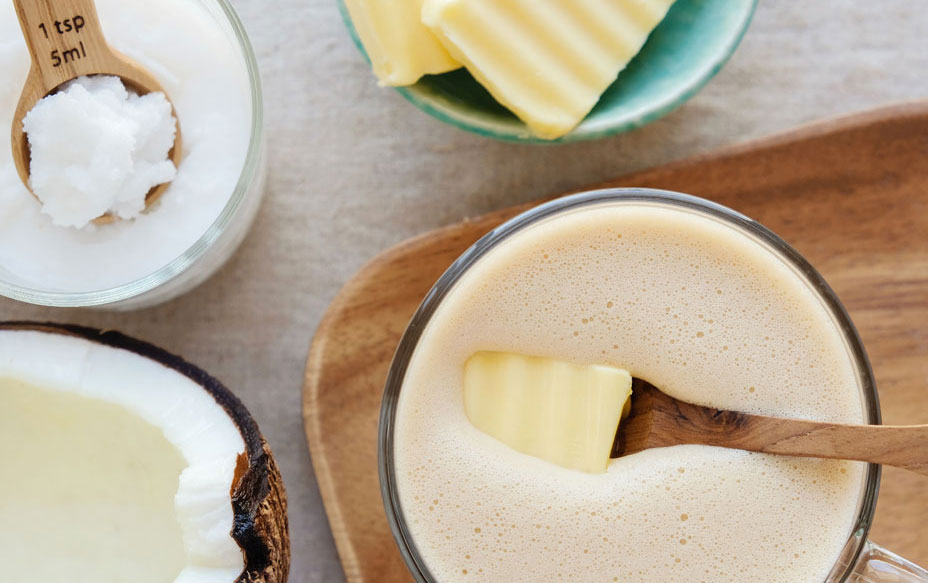Let’s get this out of the way right up front: We know an awful lot about coffee already.
After centuries of cultivation in places as far-flung as Ethiopia, Indonesia, Hawaii, Brazil, and the Arabian Peninsula; after roasting, grounding, and using in beverage-making for umpteen generations; and after spawning 27,000 Starbucks stores and a trail of discarded K-Cups long enough to reach the moons of Neptune, there just isn’t a lot of mystery or intrigue left when it comes to our morning beverage of choice.
And yet, according to the National Coffee Association (NCA), the percentage of Americans drinking coffee on a daily basis increased from 57 percent to 62 percent in the past year. A 5 percentage-point increase inside 12 months is a whole lot of new coffee converts in a very short time.
What accounts for the jump? And who are these new converts? The association claims the increase has to do with “soaring consumer enthusiasm for gourmet coffee varieties across most demographics,” particularly “a robust increase in past-day coffee drinking among younger consumers.”
The NCA didn’t make this particular claim, but my suspicion is that another factor that drove greater coffee consumption was the vast media attention surrounding a study on coffee consumption published in the highly regarded journal Annals of Internal Medicine this past August. Reputed to be the largest-ever study on coffee and mortality, it involved more than 520,000 people in 10 European countries. The finding? Drinking more coffee could significantly improve a person’s life expectancy.
Assuming coffee’s allure isn’t just a flash in the pan, it’s worth asking whether it’s possible for limited-service chains to carve out a chunk of that growth for themselves. Here are a few trends that could help operators looking to horn in on the big coffee chains’ dominance.
Cold brew
Brewing coffee by steeping it in cold water tends to produce a less acidic, less bitter variant. It’s generally softer on the palate because the brew oxidizes and degrades at a slower pace than it does in typical hot-water brewing. And while cold-brew coffee is often consumed in iced form, it is possible to make hot coffee using the same technique. The cold-brew approach also allows for the addition of ingredients such as chicory and spices to the base coffee, which can produce a broad range of different and interesting flavors much more subtly than you get by pouring sweetened syrup into the finished product.
Cold brewing is also handy for those who like their iced coffee with a bit of effervescence courtesy of carbon dioxide. At Stumptown Coffee, for instance, the bubbly offerings include a sparkling honey-lemon cold brew and a sparkling ginger-citrus variety. Imagine a whole line of coffee “mocktails” based on sparkling cold-brew java; morning cola drinkers might never again pop a can tab or a bottle top for breakfast.
And then there are nitro cold brews. By piping liquid nitrogen into the coffee, you wind up with an iced beverage that looks more or less like a pint of Guinness stout, with the foamy head that makes the Irish staple so popular. The notion of coffee as an a.m. thirst-quencher with a little bite could prove enormously popular in quick-serve circles.
Butter up
Adding butter to your morning cup may sound odd, but it’s no longer a rarity. A fellow named Dave Asprey created Bulletproof Coffee and an accompanying diet more than a decade ago, and it’s taken root among those who believe the claim that downing a cup of coffee containing butter and medium-chain triglycerides like coconut oil offers an energy boost with no caffeine crash, mental alertness that lasts for hours, and appetite suppression.
Since young men are among the diet’s most ardent devotees, it seems reasonable to think that buttered coffee could be well-suited to certain quick-serve menus.
Cascara
Ever wonder what happens to the rest of the coffee fruit after the bean we love is removed from it? Of course you haven’t. But those fleshy, red, slightly sweet coffee cherries—which have only the faintest hint of coffee flavor—are called cascara, and they’ve become a bona fide superfood super trend.
In the past, these little beauties were discarded and ignored. But today, cascara teas for drinking and flour for baking are being embraced by health-conscious consumers to a surprising extent. They’re said to contain more iron per gram than spinach, more fiber per gram than whole-grain flour, more antioxidants per gram than a pomegranate, and more protein per gram than kale.
Perhaps as a result, cascara is going mainstream. Starbucks launched a limited-time cascara latte this year. Trader Joe’s has its own coffee flour, and Seattle Chocolates markets a dark-chocolate truffle bar with cascara and roasted cocoa nibs.
So while coffee is hardly the next new thing, it’s clear that we haven’t yet exhausted its possibilities. I suspect we’ll still be talking about new coffee drinks and new uses for this centuries-old marvel many years from now.






